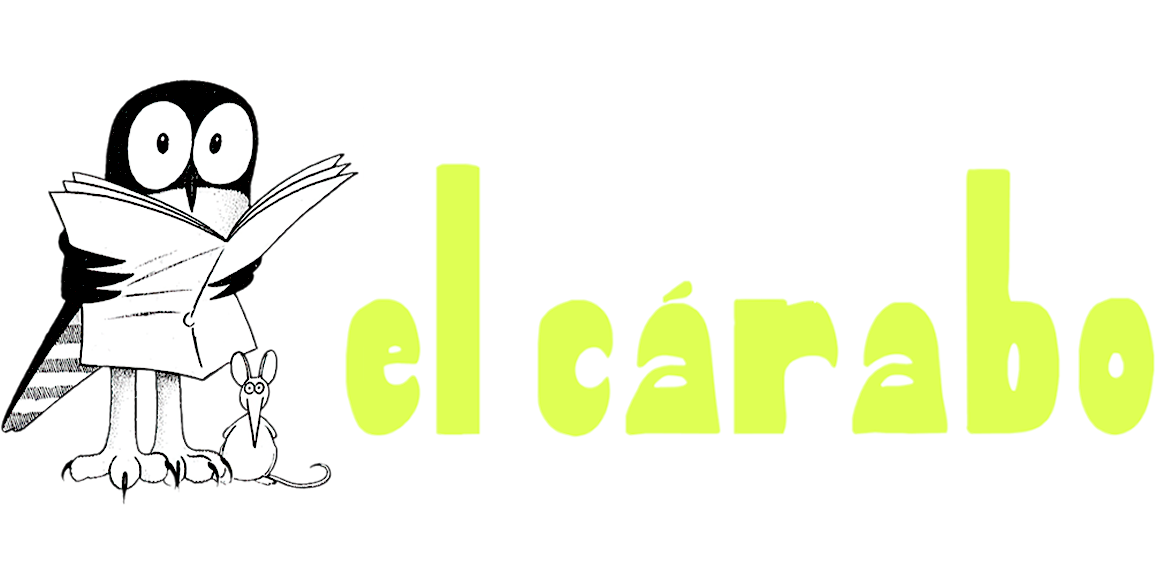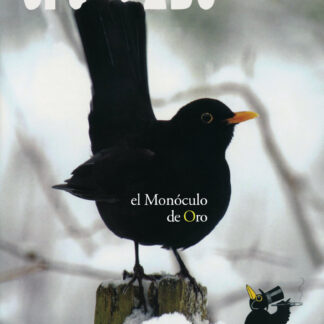Descripción
Spain learned about its bison in 1880 when the ones painted 14,000 years ago in Altamira, Santander, were discovery bay Sautuola family (the ancestors of Patricia Botín, owner of the Santander Bank).
Seeing them, the popular TV nature filmmaker, Félix Rodríguez de la Fuente (1928–1980) wanted to know more about the people that had painted them. Which took him in 1979 to Canada, where a Indian legend spoke about one last gatherer–hunting ethnic group, survived in the Nahanni river until the 20th century.
This book tells that story and illustrates the background that has led the author to create reserves to recover bison, aurochs, tarpan and other fauna, as well as the human being free from Biolithic, developing the information society in areas abandoned by farmers. Recolonising empty Spain with wildlife and digital society to generate a profitable and sustainable economy, is the challenge posed in this text, which takes a historical tour of the tragedy of bison and proposes to repair it as a way out of the Neolithic quagmire.










